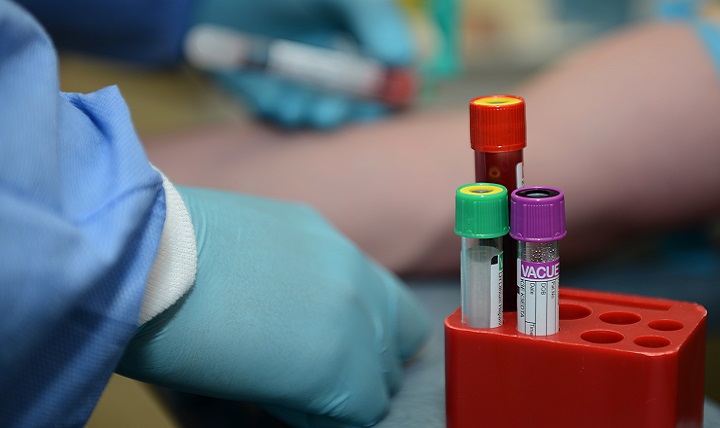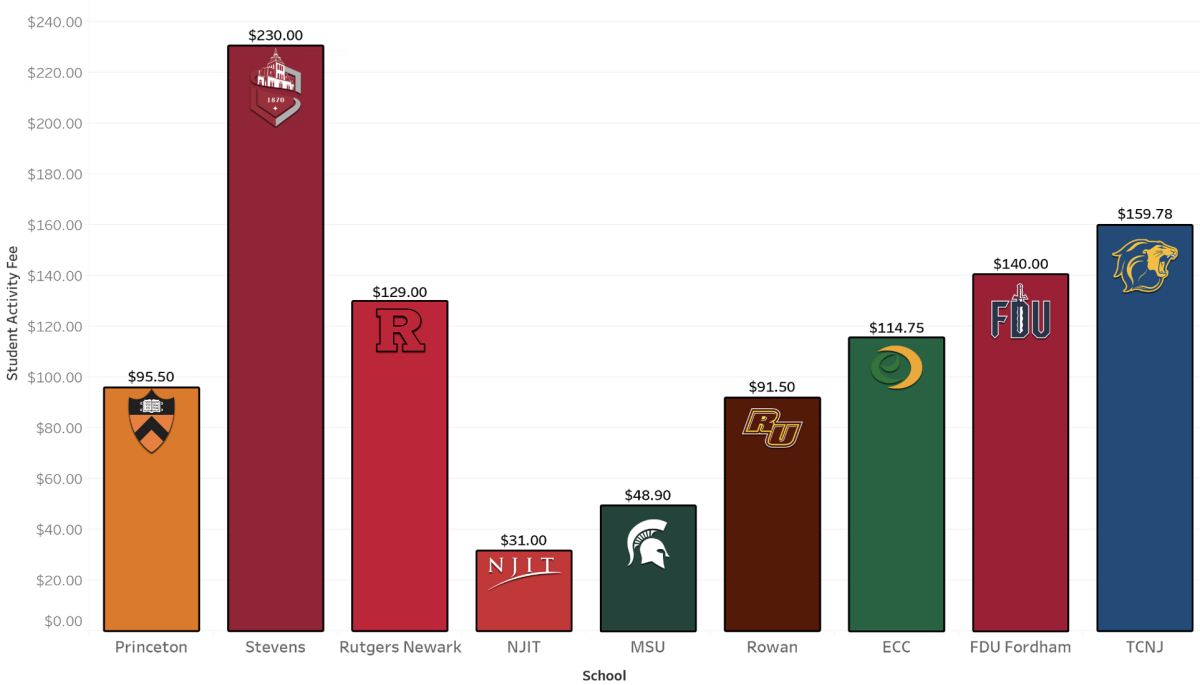The start of a new semester is associated with a variety of emotions: excitement at getting to be back on campus and catching up with friends, frustration at having to manage last-minute schedule changes, and tempered resignation at paying exorbitant prices for homework access codes.
While changes in mood are natural responses to the shifting circumstances of one’s environment, emotions have effects beyond the cognitive realm. Specifically, changes in mood can also manifest in physiological changes in the body’s response to external stimuli. This in itself is not novel news.
For example, the mood rings displayed on dollar store counters claim to be able to detect changes in mood, albeit with inaccuracy and flawed functionality. The crystals on mood rings change color based on body temperature, which supposedly changes depending on one’s emotions.
However, beyond changes in skin temperature and face coloration, changes in mood have also been linked to inflammation. Specifically, a recent study published in the journal Brain, Behavior, and Immunityreported finding that negative mood recorded several times per day over an extended period of time is associated with an increase in production of inflammatory biomarkers.
Inflammatory biomarkers, such as cytokines, are substances created as part of the body’s immune response. Simply put, the human body’s immune response is activated when it feels like it is under attack. Inflammation is just one of several defense mechanisms employed by the immune system. Just like any other response in the body, inflammation occurs because of coordinated signaling between different cells in the body. This is where cytokines fit in: they are a type of molecule released by certain immune cells to promote the inflammatory response.
Normally, cytokine release and subsequent inflammation can help localize an infection and keep it from spreading. However, when cytokine release is elevated in response to a cognitive change, such as a change in affect, an unnecessary inflammatory response is mounted. Furthermore, prior studies found links between inflammation and heart disease, suggesting there could also be a strong association between negative mood and heart disease.
When asked about her thoughts on the study’s findings, Mitushi Khare, a second-year NJIT biology major, responded, “I don’t find that news surprising because I’ve heard several times that negative emotions like stress and anger are linked to heart disease and early death, so it makes sense that it has to do with chronic inflammation.”
Although the findings from this study may be intuitively expected, they are notable, especially considering the unique methodology of the study, in which mood was recorded by participants both in the moment and over longer periods of time. The study also did not yield conclusive evidence to suggest that positive mood is associated with a decrease in inflammation in both sexes, as this trend was only observed among the male participants.
Future studies can explore the actual physiological mechanism by which mood is linked to increased inflammation. Researchers are interested in further investigating the association between the time of blood drawn relative to the negative mood experience and presence of inflammatory biomarkers.
Practical application of these results could include developing preventative care programs involving lifestyle changes to mitigate the effects persistent negative mood can have on one’s health. Khare suggests that public acknowledgement of this association could provide the impetus “for people to [address and manage negative] emotions and remain healthy through yoga, meditation, and other stress-relief techniques.”
Photo by U.S. Air Force | Sgt. Teresa J. Cleveland































